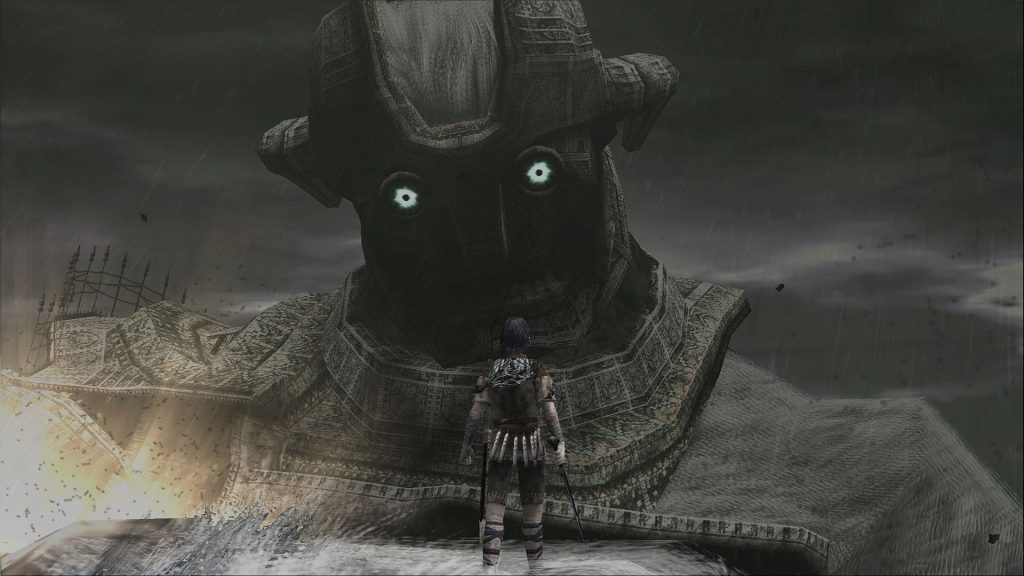One of the most entertaining facets of video games is the “boss” encounter: bosses are notably stronger, more resilient enemies designed to culminate a stage (or a particular checkpoint). While bosses tend to require more skill, patience, and problem-solving compared to lesser stage enemies, a final boss will ideally dwarf all others in these areas (and more). The following list highlights some of the best final bosses from the “classic” era of gaming.
10. Dracula (Castlevania III: DC, 1990)

As the last mainline entry of Konami’s stellar (albeit notoriously difficult) platformer series on the NES, Castlevania III: Dracula’s Curse provides a very memorable – and appropriately challenging – final boss escalating through three distinct phases. Initially taking on his recognizable “human” form where he teleports around the room and hurls fireballs at players, Dracula’s second phase has the count transform into a floating, oversized mass of severed heads; eventually, at the third and final phase, Dracula becomes an even larger demonic creature resembling Pazuzu!
9. Sunstar (Mega Man V, 1994)
Not to be confused with Mega Man 5 (NES, 1992), this Game Boy title from 1994 distanced itself from its four prior entries by including an entirely new set of bosses (the “Stardroids”) instead of reusing ones from the mainline NES series. While the entire plot is eventually revealed to be once again engineered by central villain Dr. Wily, an interesting twist follows his traditional end-of-game defeat: the final boss turns out to be an ancient doomsday machine named “Sunstar,” who usurps Wily’s place and thrusts players into a surprisingly intense and challenging fight.
8. Giygas (EarthBound, 1995)
Pulling a tripleheader following two previous articles where I briefly discussed the SNES cult classic EarthBound, I feel the need to finally speak about what might be the game’s most infamous (and genuinely unsettling) moment: Giygas, the true antagonist and final boss. Without spoiling too much here, Giygas is a completely alien, incomprehensible, and despair-inducing nightmare that is leagues beyond all previously beaten bosses (and even beyond EarthBound‘s in-universe reality).
7. “True” Andross (Star Fox 64, 1997)
Assuming the player has taken and maintained a particular story route while progressing through all preceding levels and bosses in Star Fox 64, the second phase of the final showdown with Andross – seen as colossal, disembodied copies of his head and hands – will reveal his “true” form. To many players’ shock at the time, the mad scientist Andross is actually a giant, levitating brain that attacks with fleshy tendrils and launches out its still-connected eyeballs like heat-seeking missiles!
6. Ganon (TLoZ: Ocarina of Time, 1998)

Now finally approximating his animalistic, then-more familiar appearance in prior Zelda titles, “Ganon” – the powered-up and demonic final form of the relatively human-looking Ganondorf – is a towering, chimeric beast wielding two equally massive blades. Essentially serving as the climax of the hero Link’s chronologically “first” battle with the menacing dark magician, the ominous presentation of the fight (including a stormy sky, raging fire, and Gregorian chanting-like music) is top-notch.
5. Nemesis (Resident Evil 3, 1999)
To expand on the #1 entry of my “top 10” countdown of Resident Evil enemies, the last confrontation with Nemesis – the ever-present antagonist of RE3 – is an exciting set piece where players need to finally destroy the now-obscenely overgrown monster with a railgun before they can escape the nuclear bombardment of Raccoon City. Though playing out in a somewhat different (and, for some, less challenging) fashion in the 2020 remake, both versions of the battle are still very thrilling and – to an extent – cathartic final bosses that effectively close out the franchise’s “Raccoon City” arc.
4. Perfect Chaos (Sonic Adventure, 1999)
Standing in as the final boss of the Dreamcast‘s classic launch title Sonic Adventure, Perfect Chaos – the fully evolved form of Chaos, a strange amoeba-like being hailing from the ancient past – is a then-highly impressive feat of graphical rendering due to its completely translucent body in tandem with its truly titanic scale. Players are tasked with ramming into and dispersing Perfect Chaos as the golden “Super Sonic” while the former launches various projectiles and waterspouts to slow down the latter’s acceleration (and wasting rings needed to maintain said “Super” form).
3. Beiloune (Okage: Shadow King, 2001)
Despite being fairly average in terms of overall challenge, gameplay, and presentation, the final boss encounter with Beiloune – the previously unsuspected creator and master manipulator of Okage‘s revealed-to-be artificial setting – is an arguably great confrontation on a thematic level. Having learned of their entire existence being no more than a fabrication to serve the personal needs of Beiloune, the game’s heroes decide to directly challenge the essentially god-like being to not only fight for their survival but their freedom to exist and grow beyond Beiloune’s prison-like narrative.”
2. “God” (Silent Hill 3, 2003)
Effectively serving as the “grand finale” of the original Silent Hill games specifically focused on the Order (SH4 feeling more like an epilogue, and subsequent titles having questionable canonicity), the players once again do battle with a manifestation of the cult’s central deity. However, the leap from PS1 to PS2 allowed for a much more detailed (and gruesome) appearance than the “traditional-looking” final boss of the first game: the “god” now resembles a large and hideous skeletal creature missing its lower legs – but no less dangerous due to its massive size and ability to control fire.
1. Malus (Shadow of the Colossus, 2005)

To pull a selection from yet another previous article of mine, “Malus” – the supposed name given to the sixteenth and final boss needed to be defeated in Shadow of the Colossus – is a simultaneously majestic and fear-inducing sight to behold. Initially appearing as a large tower-like structure situated at the far edge of an old citadel, players will be alarmed when they soon learn that the “landmark” is Malus, with the ensuing trek to reach the colossus (and eventual climb up its tall body after dodging its projectiles) being quite harrowing…yet also oddly melancholic and introspective.


